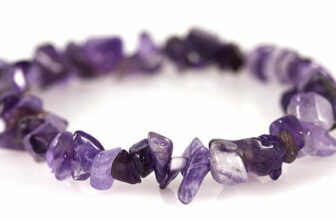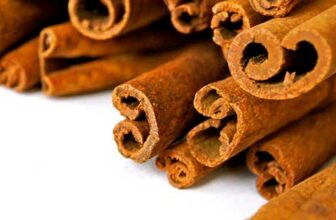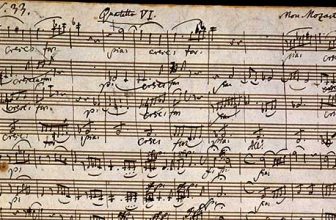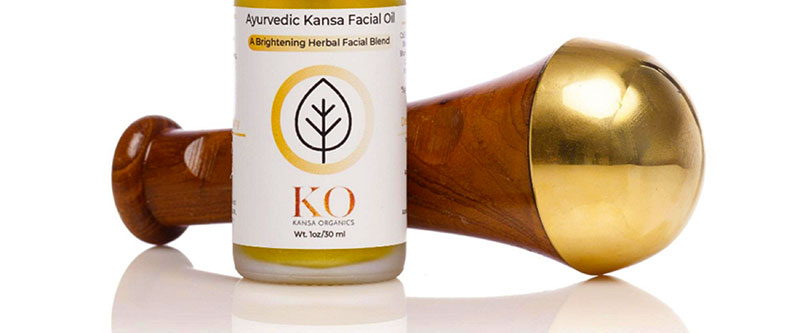
Kansa massage is a healing practice that originated in the Indus Valley thousands of years ago. This type of massage is done on the face or feet. There is no known application of Kansa massage to the other parts of the body. Aside from Kansa foot massage and facial massage, some people also used Kansa cups, plates, and utensils to make their food hearty and less acidic.
History of Kansa
Kansa stemmed from Ayurveda, India’s age-old medicinal system dating back to the Bronze age (around 3300 BC). During this time, people in the Indus Valley found new ways to forge metal. It ultimately gave rise to the production of bronze, copper, lead, and tin.
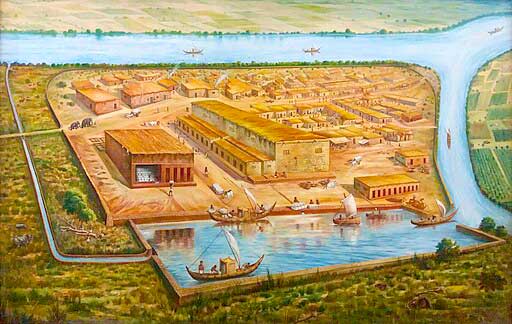
Kansa is essentially bronze. It is metal made from a mixture of copper and tin. Inhabitants of the Indus Valley often referred to it as a healing metal. They also believed that Kansa has properties that aid in eliminating toxins, rejuvenating the skin, and relaxing the feet.
What are Doshas?
These powerful healing characteristics of Kansa have been adequately documented in Ayurvedic medicine. It is said to provide balance to all three doshas – pitta, vata, and kapha.
In Ayurveda, the dosha system is used to identify what causes certain illnesses or imbalances. Doshas are thought to be coming from the five elements that exist in nature. These are earth, fire, water, air, and space. They are everywhere, especially in the human body. Doshas are, to some extent, responsible for the body’s physical and mental state. A person’s attitude, imperfections, afflictions, and other intricacies are believed to be shaped by a combination of these doshas.
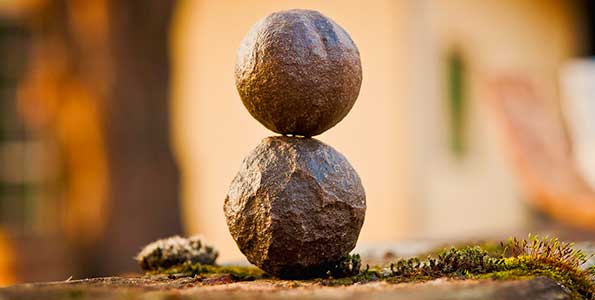
The vata dosha is a result of the interaction between space and air, the pitta dosha – fire and water, and the kapha dosha – earth and water. Each of these doshas play a role in an individual’s well-being, and the goal is to achieve balance by sticking to the principles of Ayurveda.
Doshas vs Chakras
Doshas and Chakras seem to represent the same tenet – a field guide on balancing daily life by harnessing the life-force energy that governs the universe. Although both dosha and chakra came from the same ancient texts, their origins differ.
These ancient texts are known as Vedas. The Vedas are a collection of four sacred Hindu writings – Rigveda, Yajurveda, Samaveda, and Atharvaveda. The concept of chakras has already been cited in Rigveda, the oldest of the four Vedas. Meanwhile, the idea of healing through the combination of doshas only came in later with the addition of Atharvaveda. This new addition to the sacred texts contained sections specific to healing, and they eventually became the foundation for Ayurveda. It’s also worth noting that chakras are never mentioned in Ayurvedic writings.
Even so, doshas and chakras are not contradictory. In fact, Yogis and Ayurvedic practitioners consider them as complementary. Here’s a table that shows how 5 of the 7 chakras are associated with the 3 doshas:
| Chakra | Symbol | Element Representation | Dosha |
|---|---|---|---|
| Root | 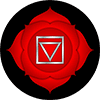 |
Earth | Kapha |
| Sacral | 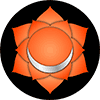 |
Water | Kapha |
| Navel/Solar Plexus | 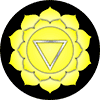 |
Fire | Pitta |
| Heart | 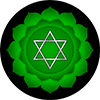 |
Air | Vata |
| Throat | 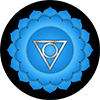 |
Space | Vata |
| Third Eye/Brow | 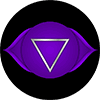 |
Light | - |
| Crown | 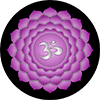 |
Thought | - |
Kansa Wand
Now that we have a basic understanding of Kansa and how it connects with Ayurveda and the chakras, how does Kansa massage heal its user? One such treatment makes use of the Kansa wand.

A Kansa wand is typically used to treat imbalances on the face. Facial imbalances manifest in the form of acne, wrinkles, dry spots, and other conditions that make the skin’s pH high. A blend of facial oil is first applied to the face, then the wand is massaged in a specific manner. Watch the video below for a demonstration on how the Kansa wand is used on the face.
Kansa Vatki
Another Kansa massage treatment is called Kansa Vatki. It is a form of Ayurvedic massage for the foot and lower legs. Kansa bowls and ghee are usually used to massage the feet, but a Kansa wand can also be used as a substitute to bowls.

Kansa Vatki works by rubbing the Kansa bowl against the feet. Each foot should have been coated with ghee or massage oil beforehand. The healing metal then does its job by balancing the interconnected chakras and doshas. As a result, the feet and lower legs become relaxed, blood circulation is improved, and the mind is relieved from stress and anxiety. The video below demonstrates how Kansa Vatki is carried out:
Benefits of Kansa
Practitioners of Ayurvedic medicine claim several healing benefits of Kansa. Here’s a list of some of them:
- Eating out of Kansa plates can increase intellectual wellness
- Kansa utensils can also enhance gut health
- Increases immunity
- Reduces inflammation
- Rehabilitates the skin
- Prevents acne
- Relaxes the legs and feet
- Enhances mobility
- Detoxifies the body
- Improves blood circulation
- Relieves stress
- Better sleep quality



